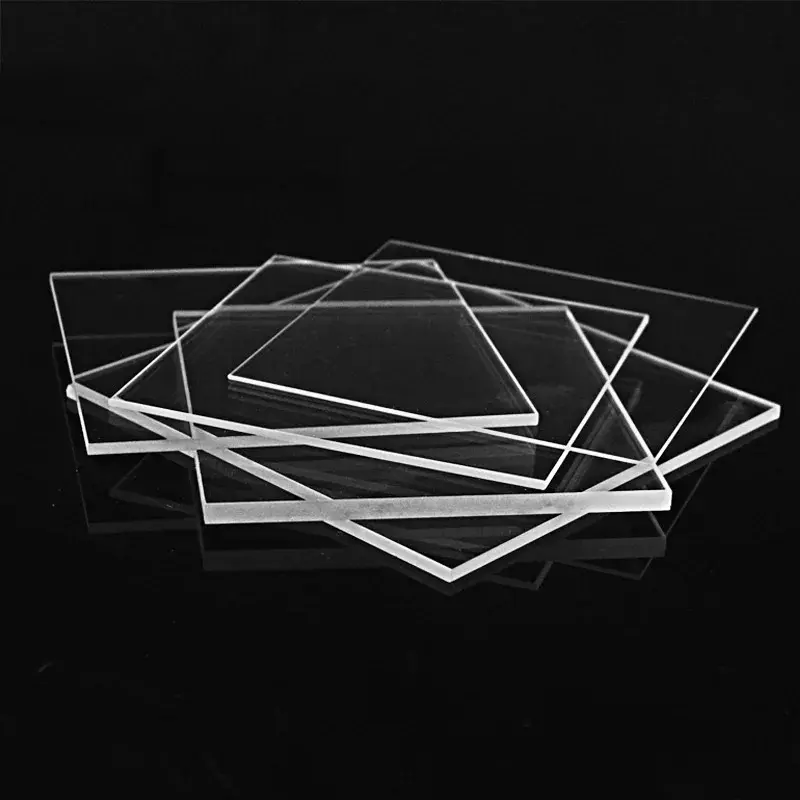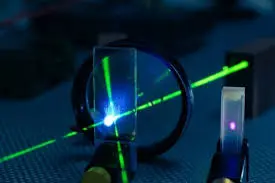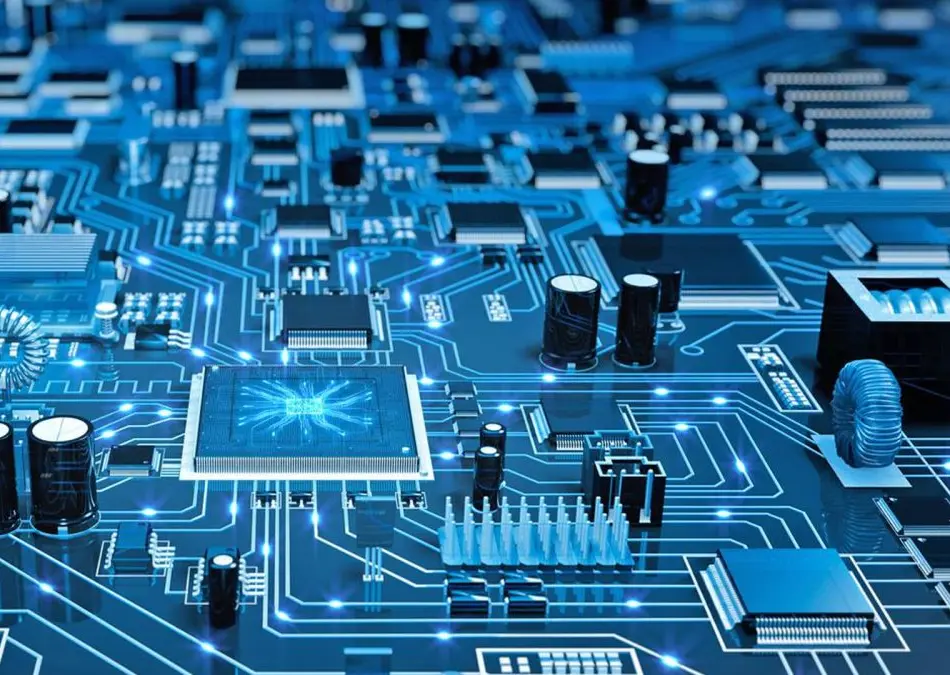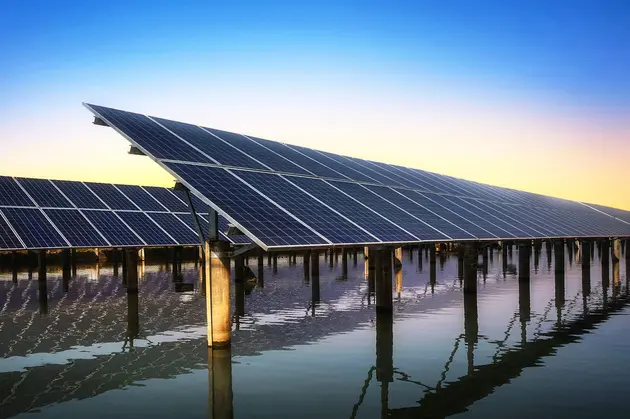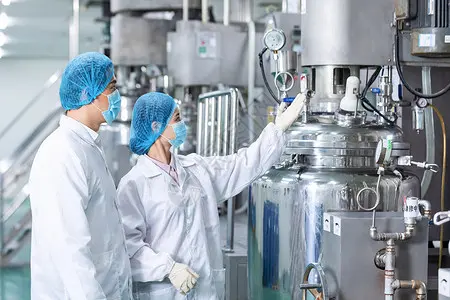Quartz glass sheets are a specialized type of glass characterized by high transparency, high-temperature resistance, and strong chemical stability. They are widely used in fields such as optical fiber communication, semiconductor manufacturing, and medical equipment. Renowned for their exceptional optical properties, low thermal expansion coefficient, and excellent electrical insulation, quartz glass sheets are an indispensable material in various high-tech applications.
| 長さ | 幅 | 厚さ |
|---|---|---|
| 5mm | 5mm | 1mm |
| 10mm | 10mm | 0.5mm |
| 10mm | 10mm | 1mm |
| 10mm | 10mm | 2mm |
| 12mm | 12mm | 1mm |
| 15mm | 15mm | 0.5mm |
| 15mm | 15mm | 1mm |
| 15mm | 15mm | 2mm |
| 15mm | 15mm | 3mm |
| 20mm | 20mm | 0.5mm |
| 20mm | 20mm | 1mm |
| 20mm | 20mm | 2mm |
| 20mm | 20mm | 3mm |
| 25mm | 25mm | 0.5mm |
| 25mm | 25mm | 1mm |
| 25mm | 25mm | 2mm |
| 25mm | 25mm | 3mm |
| 30mm | 30mm | 0.5mm |
| 30mm | 30mm | 1mm |
| 30mm | 30mm | 2mm |
| 30mm | 30mm | 3mm |
| 35mm | 35mm | 1mm |
| 35mm | 35mm | 2mm |
| 35mm | 35mm | 3mm |
| 40mm | 40mm | 0.5mm |
| 40mm | 40mm | 1mm |
| 40mm | 40mm | 2mm |
| 40mm | 40mm | 3mm |
| 45mm | 45mm | 1mm |
| 45mm | 12mm | 1mm |
| 45mm | 12mm | 2mm |
| 35mm | 35mm | 2mm |
| 50mm | 50mm | 0.5mm |
| 50mm | 50mm | 1mm |
| 50mm | 50mm | 2mm |
| 50mm | 50mm | 3mm |
| 50mm | 50mm | 4mm |
| 50mm | 50mm | 5mm |
| 60mm | 60mm | 1mm |
| 60mm | 60mm | 2mm |
| 60mm | 60mm | 3mm |
| 70mm | 70mm | 2mm |
| 70mm | 70mm | 3mm |
| 70mm | 70mm | 5mm |
| 75mm | 25mm | 0.5mm |
| 75mm | 25mm | 1mm |
| 75mm | 25mm | 2mm |
| 80mm | 80mm | 1mm |
| 80mm | 80mm | 2mm |
| 80mm | 80mm | 3mm |
| 80mm | 80mm | 4mm |
| 100mm | 100mm | 1mm |
| 100mm | 100mm | 1.5mm |
| 100mm | 100mm | 2mm |
| 100mm | 100mm | 3mm |
| 100mm | 100mm | 5mm |
| 100mm | 100mm | 0.5mm |
| 100mm | 100mm | 1mm |
| 100mm | 100mm | 2mm |
| 100mm | 100mm | 3mm |
| 100mm | 100mm | 5mm |
| 150mm | 150mm | 2mm |
| 150mm | 150mm | 3mm |
| 150mm | 150mm | 5mm |
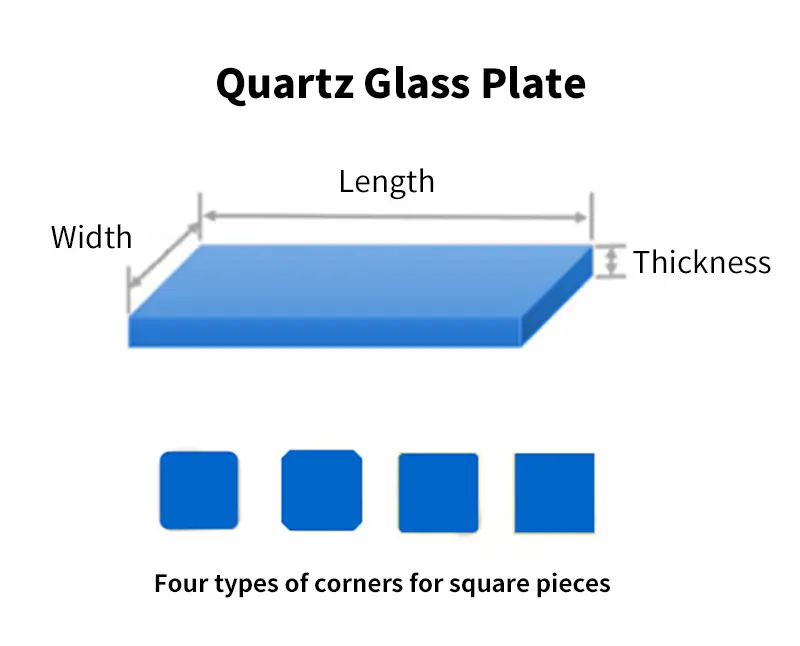
- ayment method: By wire transfer or advance payment, depending on the quantity of the order.
- Delivery time: According to the order quantity.
- Transportation method: Sea freight or air freight, depending on the customer.
Remarks:
To confirm the order, The following parameters need to be provided: ① Square: length, width, thickness ② Circle: diameter, thickness ③ Accuracy ④ Quantity
| 物件内容 | 資産価値 |
|---|---|
| 二酸化ケイ素 | 99.99% |
| 密度 | 2.2×10³ kg/cm³ |
| 硬度 | 5.5 - 6.5 モース硬度 570 KHN 100 |
| 引張強度 | 4.8×10⁷ Pa (N/mm2) (7000 psi) |
| 圧縮強度 | >1.1×10⁹Pa (160,000 psi) |
| 熱膨張係数 | 5.5×10-⁷cm/cm-°C (20°C-320°C) |
| 熱伝導率 | 1.4 W/m-°C |
| 比熱 | 670 J/kg-°C |
| 軟化点 | 1730度C(3146度F) |
| アニーリングポイント | 1210度C(2210度F) |
| ストレイン・ポイント | 1120度C(2048度F) |
| 作業温度 | 1200°C |
| 電気抵抗率 | 7×10⁷Ωcm (350°C) |
| サイズ | カスタマイズ |
| ロゴ | カスタマイズされたロゴ |
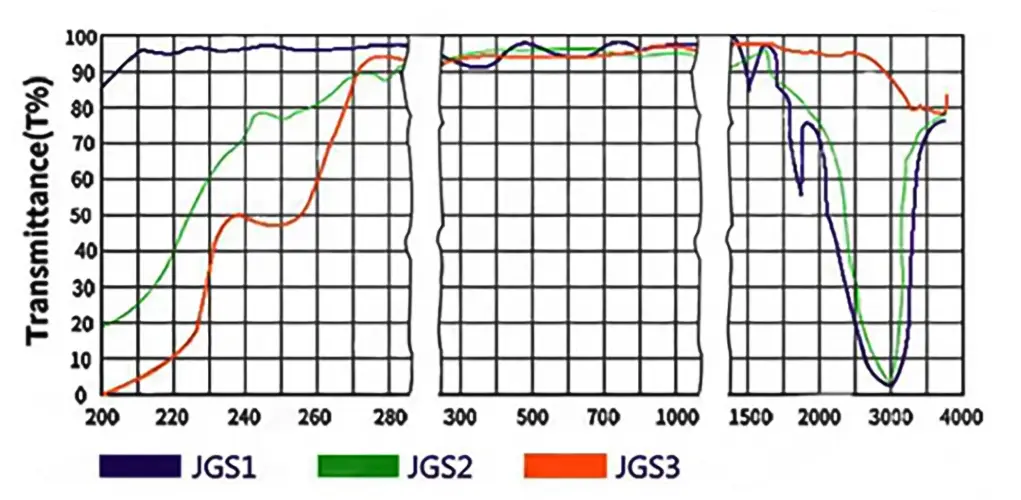
JGS1
Commonly known as UV-grade fused silica, this material exhibits exceptionally low dispersion and very high transmittance in the ultraviolet (UV) spectral range.
JGS2
Similar to JGS1, but may have variations in specific performance parameters such as transmittance and thermal expansion coefficient, depending on the manufacturer’s standards.
JGS3
Typically used in applications requiring higher purity or specialized performance characteristics. Specific performance parameters can vary based on the manufacturer.
Dispersion Characteristics
JGS1 and JGS2 quartz sheets exhibit excellent dispersion properties in the ultraviolet (UV) spectral range, effectively separating UV light of different wavelengths. This makes them ideal for manufacturing high-performance optical components.
Transmittance
All three types of quartz sheets have high transmittance to UV light, especially within specific wavelength ranges. For example, JGS1 has very high transmittance from 185 nm to 2,500 nm. This makes them the preferred materials for manufacturing UV lasers, UV spectrometers, and optical filters.
Chemical Stability
Quartz sheets possess excellent chemical stability and can withstand harsh conditions, including acids, alkalis, and high temperatures. Therefore, they are suitable for manufacturing chemical reactors, high-temperature furnace windows, and chemical analysis instruments.
Low Thermal Expansion Coefficient
These quartz sheets have very low thermal expansion coefficients, exhibiting minimal response to temperature changes. This is crucial for the stability of high-precision optical components.
アプリケーション・シナリオ
Quartz sheets exhibit excellent high-temperature resistance, corrosion resistance, thermal stability, and light transmittance. Its softening point is approximately 1730°C, and it can be used continuously at 1100°C, with short-term usage up to 1450°C. Quartz glass is highly resistant to acids, with the exception of hydrofluoric acid, and demonstrates high resistance to chemical reactions with most other acids. Quartz sheets have a very low thermal expansion coefficient, enabling them to withstand rapid temperature changes without fracturing. They also exhibit good light transmittance across the entire UV to IR spectrum, with a visible light transmittance exceeding 93%.
Based on optical properties, quartz sheets are classified into three categories: far-ultraviolet (FUV) optical quartz glass (JGS1), ultraviolet (UV) optical quartz glass (JGS2), and infrared (IR) optical quartz glass (JGS3). These different types of quartz glass exhibit variations in transparency, absorption band positions, etc., in the UV and visible spectral ranges.
The processing of quartz sheets includes rough processing steps such as raw material sorting, rod bonding, seed crystal cutting, and rounding. This is followed by grinding stages, such as rough grinding, medium grinding, and fine grinding. Afterwards, polishing and cleaning processes are conducted to ensure surface quality and stability of the wafers. Finally, mounting and die-bonding involves fixing the quartz sheets with applied electrodes and applying conductive adhesive to the contact points between the electrodes and metal pads to achieve electrical connection.
よくある質問
石英ガラスは硬くて脆い材料で、物理的、化学的性質が優れ、機械的硬度が非常に高く、電気絶縁性がよく、高温と耐食性に優れ、遅延性能が低く安定で、光透過性がよい。半導体、光学、電気、化学、航空宇宙、自動車などの分野で広く使用されている。硬くて脆い材料は加工が難しく、多くの分野で刃先の倒れが小さく、材料ロスが少なく、断面粗さが小さく、切断厚さ範囲が広い切断加工が急務となっている。石英ガラスの伝統的な切断方法は機械的切断、すなわち砥石切断である。非伝統的な切断方法には、ウォータージェット切断、電気化学放電ワイヤー切断、連続レーザー切断などがある。機械的切断はコストが低いが、ホイールと材料が接触するため工具の摩耗が大きく、材料が工具によって汚染されやすい。石英ガラスはエッジ崩壊、マイクロクラック、残留応力が発生しやすく、材料の強度や性能に影響する!曲線切断が難しく、研削や研磨などの後処理が必要。レーザー切断は材料に直接触れないため、接触応力がなく、複雑な曲線切断が可能です。ピコ秒レーザーは、スポット径が小さい、精度が高い、材料との作用時間が短い、作用面積が小さいなどの利点があり、硬くて脆い材料の加工に適しています。
。

